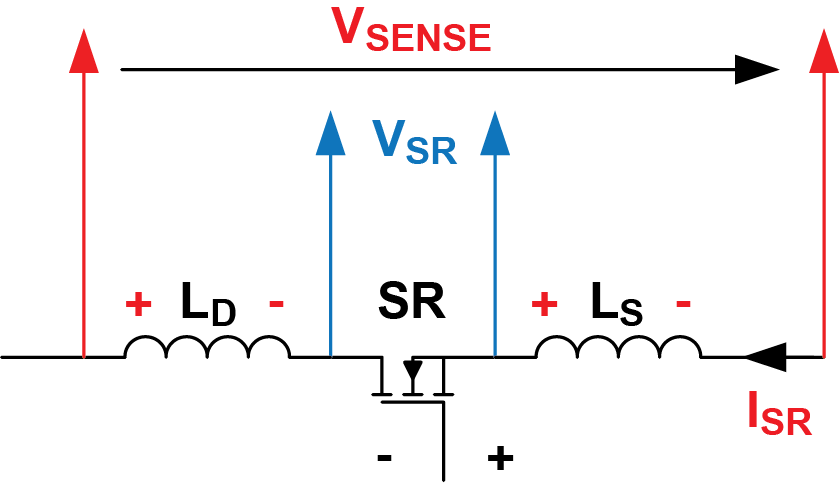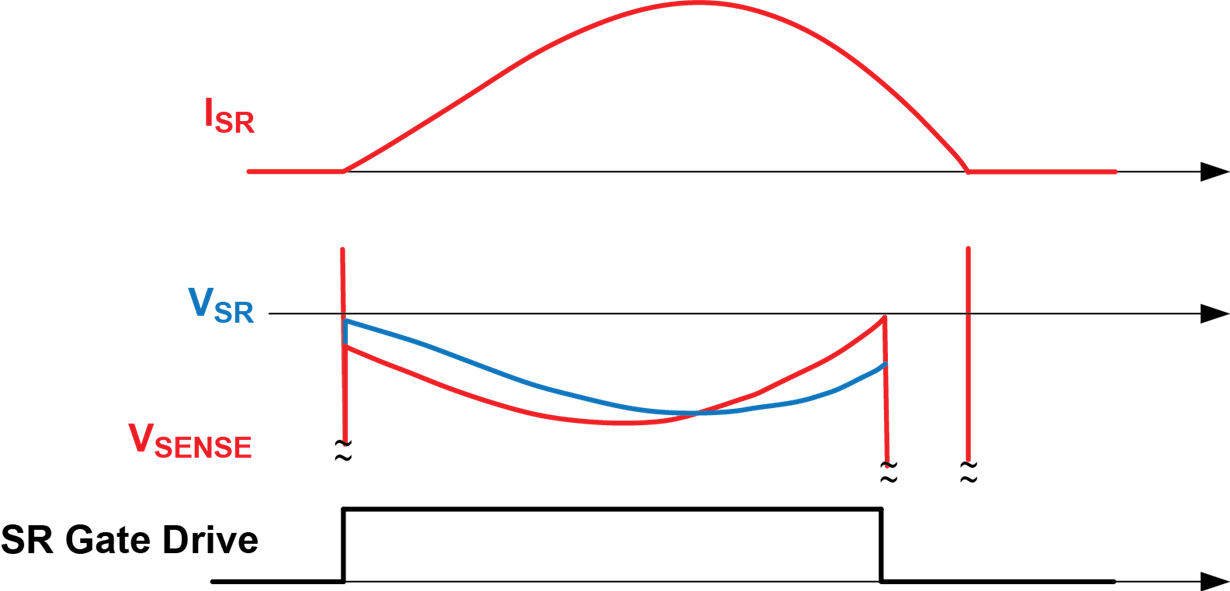Other Parts Discussed in Thread: UCC256303
Hi all,
My customer tied UCC24612-2 for LLC cct. sec. rectification with use aux.wire.
First 160ns Vgs is 9.5V and next it down to 6V.
Output voltage is 60V so aux.wire used.
But 3kW high wattage required big parallel Mosfets which Rdson is 7mohm,
and need high Vgs for lower Rdson.
Vgs 6 V is too low to keep MOSFET's lower Rdson.
This result in lower efficiency rectifier.
Is there some method to keep high efficiency such a high power MOSFET required high Vgs.
Thank you.



